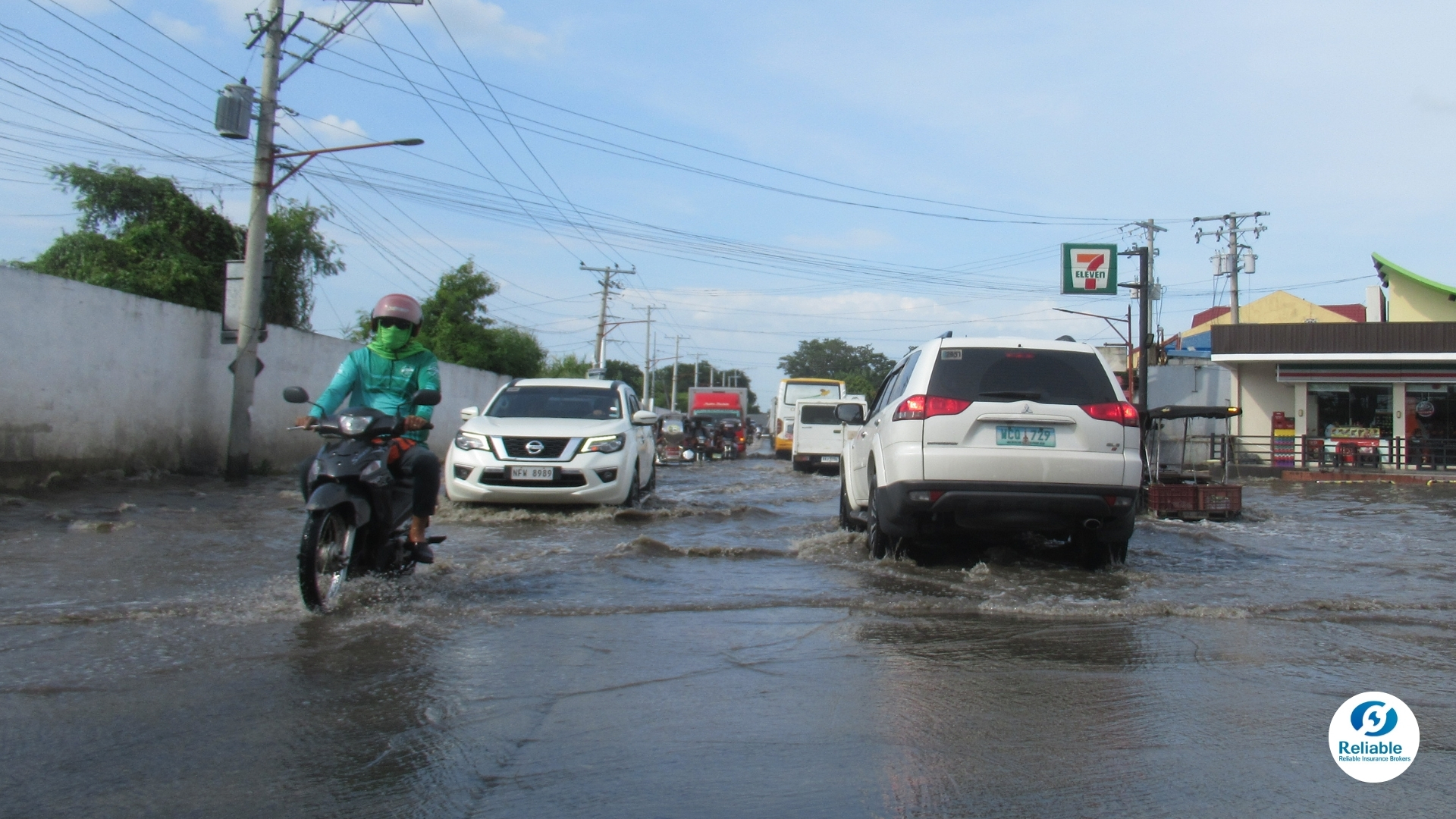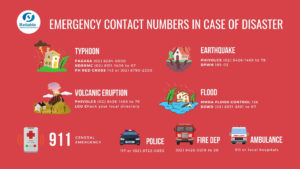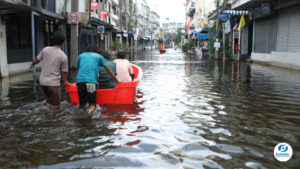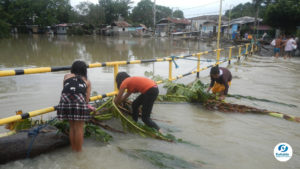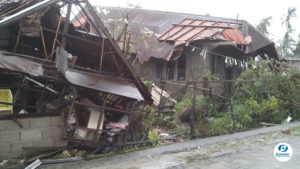These days, weather patterns have become unpredictable. In typhoon-prone countries, flash floods have become common, giving residents frequent anxiety about their movements anytime rains and winds become a bit stronger than usual.
Sometimes, even storm signals are not surefire signs of possible damage to property, especially motor vehicles. A lot can happen on the road. A heavier-than-usual amount of rainfall, even when there aren’t strong winds accompanying typhoons, could mean storm surges and floods. Those living near bodies of water such as rivers, dams, lakes, and coastal areas could be especially vulnerable to vehicle damage.
Unless there are timely and early announcements of school suspensions or work-from-home arrangements, bad weather won’t stop us from going through our routines outside the house. This especially includes driving out on roads and running into flooded streets unexpectedly as we brave the elements.
Beyond that, there’s also the worry of parked vehicles along our houses being damaged by rising floodwaters or being hit by fallen objects displaced by strong typhoon winds. Trees could be uprooted and land on nearby cars. Strewn objects could break windshields. And having the vehicle drive through floodwaters could permanently damage car batteries.
Advanced Vehicle Technology
All such damage is hard to repair. Vehicle owners then must be extra vigilant on potential consequences of the weather on their automotives. Luckily, there are technologies one can invest in to ensure the durability of cars against harsh elements. Take a look at these vehicle safety tips guaranteed by technology:
1. High-water vehicles
This is really for those who still want to invest in vehicles, knowing fully well the risks to natural hazards in their areas of work and residence. High-water vehicles are the rage for typhoon- and flood-prone areas. These are advertised as those with “high water wading depth”. Brands like Ford, Nissan, and Mazda have a range of high vehicles that can withstand floods.
2. Upgraded GPS
When going out in bad weather cannot be helped, it’s good to keep in mind that GPS systems have been advanced in flood monitoring since at least a decade ago. It will be useful to consult apps for flooded areas to avoid while on the road. Google Maps is fitted with flood zone mapping or what it calls “crisis alert areas”, while Waze, another GPS favorite, has developed a feature to warn of flooded roads. Make sure to update your apps with these upgrades.
3. Car safety monitoring systems
This is similar to GPS, but it determines the condition of the car while it is parked. Advanced apps also predict the likelihood of flooding in the vehicle location.
4. Expandable dams and sandbags
Yes, there are such products. These come lightweight and easy to store upon purchase. Upon getting wet; however, they turn heavy, enough to turn back rising floodwaters threatening to creep into the vehicle. Vehicles threatened by floods could be surrounded by these in their parking locations, and it’s useful to have a couple stored in the trunk.
5. Waterproof covers
These look like harmless sacks, and granted, they are not intended for maximum protection. But in strong winds and rising waters they protect the vehicle’s outer appearance from the impact of the elements, such as whipping rain and small objects.
Protect your vehicles, your investments
When vehicle damage occurs in floods and storms despite your best efforts, you can always run home to a reliable motor insurance plan. Upgrade it with your current needs and risk profiles for natural disasters, and bad weather need not be a source of anxiety.
Contact Information for Inquiries and Support
Should you have any questions or require further assistance in applying for insurance:
- Call: +63 2 8631 9285 to 86
- Mobile: +63 917 138 5120
- Email: info@reliable-insurance.ph
- Messenger: https://m.me/reliable.insurancebrokersph
Sources:
- Nationalgeneral.com (n.d.) Flood Preparation: How to Keep your Car Safe from Flood Damage.
- Autoevolution.com (9 January 2022). Waze Is Getting a New-Gen Feature to Warn Drivers of Flooded Roads.
- UN-spider.org (n.d.) GPS sensors used to aid the forecasting of monsoon flash floods.
- autodeal.com (25 June 2024). Vehicles with high water wading depth.
- Image Source:E911a, CC BY-SA 4.0, via Wikimedia Commons



